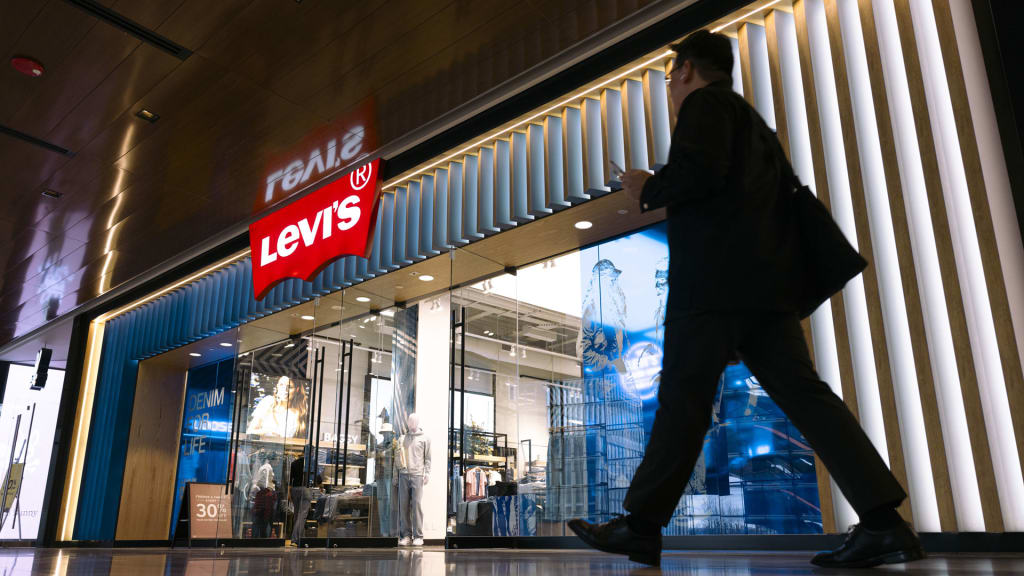Levi Strauss’ Direct-to-Consumer Shift Trades Wholesaler Habits for Increased Efficiency

Levi Strauss is famous for its blue jeans--but the 170-year-old company is looking to update itself to boost sales of its signature product and more. For starters, it's drawing notice as a deft manager of its customer relationships and its use of their data. That focus is giving the company an edge in efficiently marketing its popular clothing.
The major changes still underway at Levi Strauss were highlighted in a Wall Street Journal update on the company's 2022 historic strategic shift that reduced its longtime reliance on selling its products through department stores and other wholesaler channels, instead dealing directly with consumers.
While that may not be great news for Macy's, Kohl's, and other third-party distributors, it's been a boon to the company, largely through increased insights extracted from customer data on evolving shopper preferences, and better use of its own stores to promote Levis' full product range.
The direct-to-consumer pivot has also generated data allowing faster, even predictive response to client preferences. That provides "better insights on what they want, like casual wear and baggier jeans," according to the paper. That enables more effective production and stocking decisions. Knowing what's heating up--and cooling down--results in having more of the faster-moving items on hand, and cutting back on slowing gear.
That tighter link to customers through online and own-store sales has also let the company reduce "by as much as half the current runway needed to bring products to consumers," Levi Strauss executives told the Journal.
In addition to the 2022 switch marking a major departure from legacy retail partnerships, the in-house strategy has also yielded rapid results. The paper said direct-to-consumer sales now represent 48 percent of all Levi Strauss revenues--fairly close to the 55 percent target it set for 2027 when it launched the effort.
Meanwhile, though the company's overall sales flatlined or dropped over the past year, "the direct-to-consumer business has been a bright spot, up 8 (percent) for the three-month period ended Feb. 25," the Journal said. It noted that retailers like Canada Goose, Deckers Outdoor, and Ralph Lauren have all adopted the direct-to-consumer switch as a means of improving reactivity to changing tastes, and better gauging production to them.
Relying on online channels and own-stores to both gain better buyer insights and cross-promote the wider range of clothing involves heavier brick-and-mortar rent and inventory costs. When it works, however, the strategy can produce stronger margins, more brand control, and limiting goods shipped to third-party wholesalers to only the best selling products.
Oliver Chen, head of global retail and luxury at TD Cowen, also told the Journal that the direct-to-consumer approach "works best when brands are culturally relevant first"--a claim the maker of 501s and demin jackets can legitimately make.